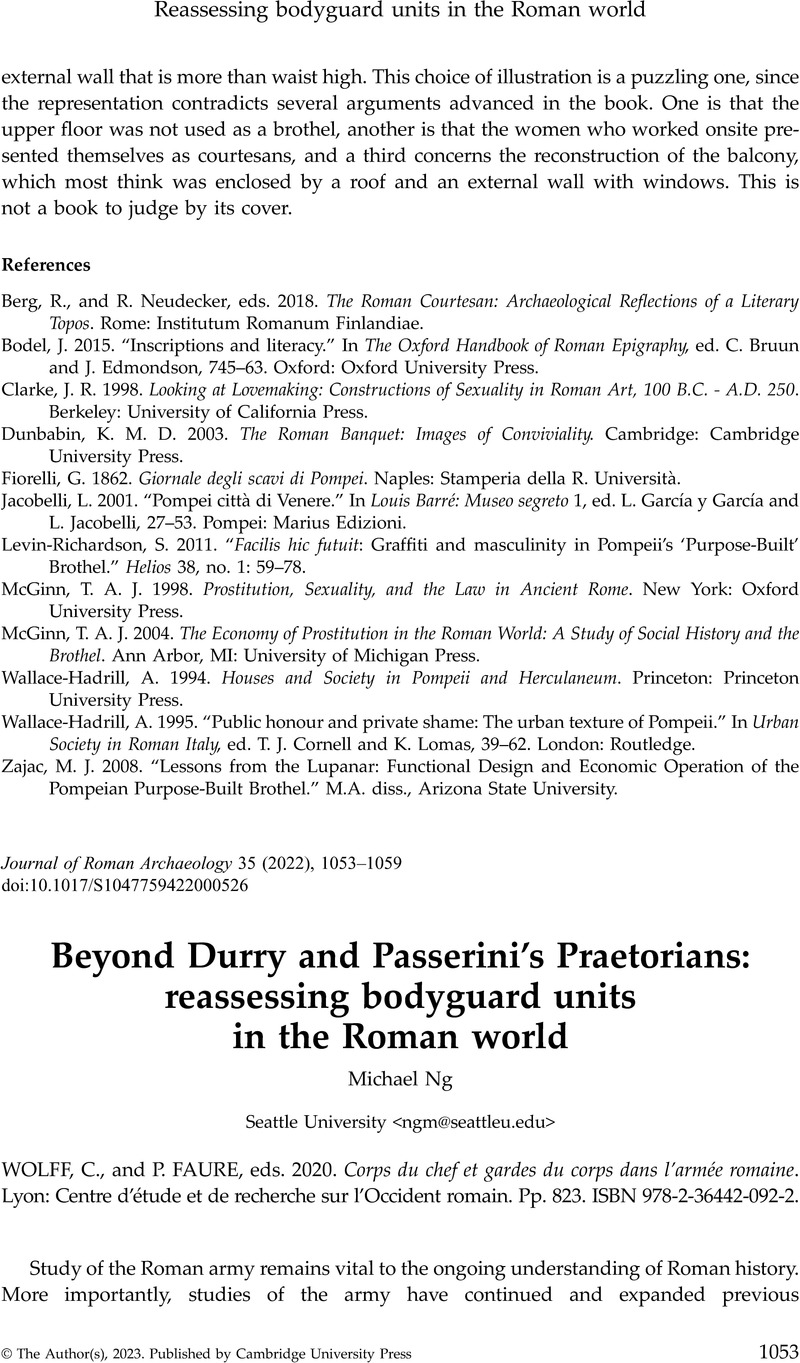Wolff, C., and
Faure, P..
2016.
Les auxiliaires de l'armée romaine: des alliés aux fédérés. Actes du sixième congrès de Lyon (23–25 octobre 2014). Collection Études et recherches sur l'Occident romain (CEROR) 51.
Lyon:
Centre d'étude et de recherche sur l'Occident romain.
Google Scholar 